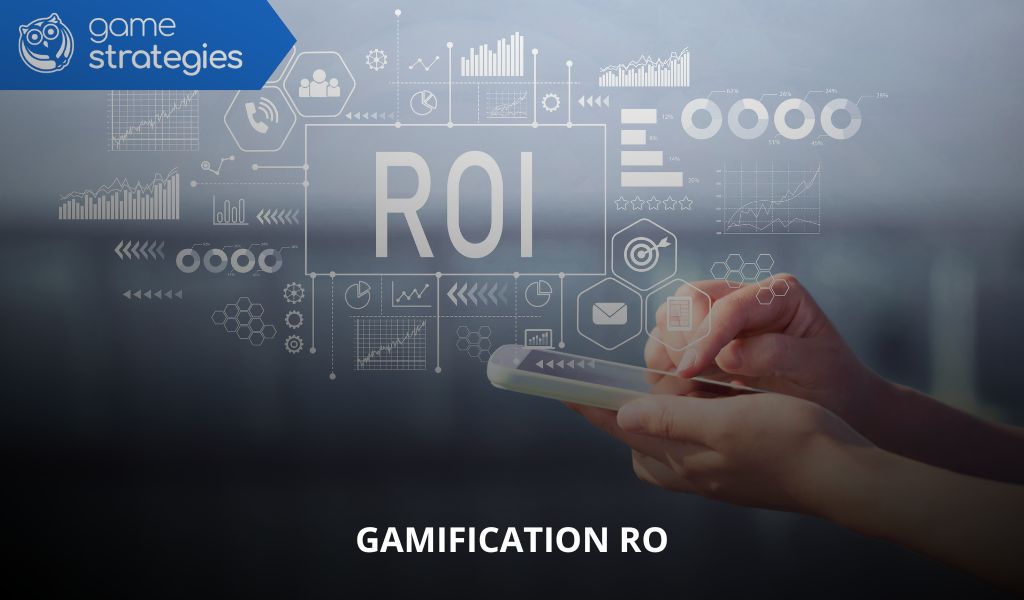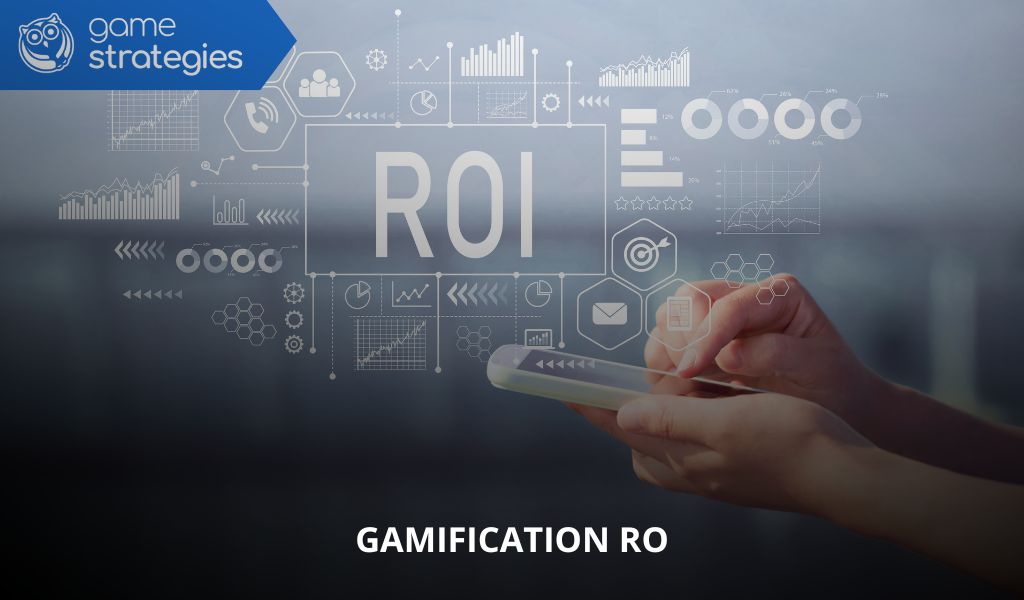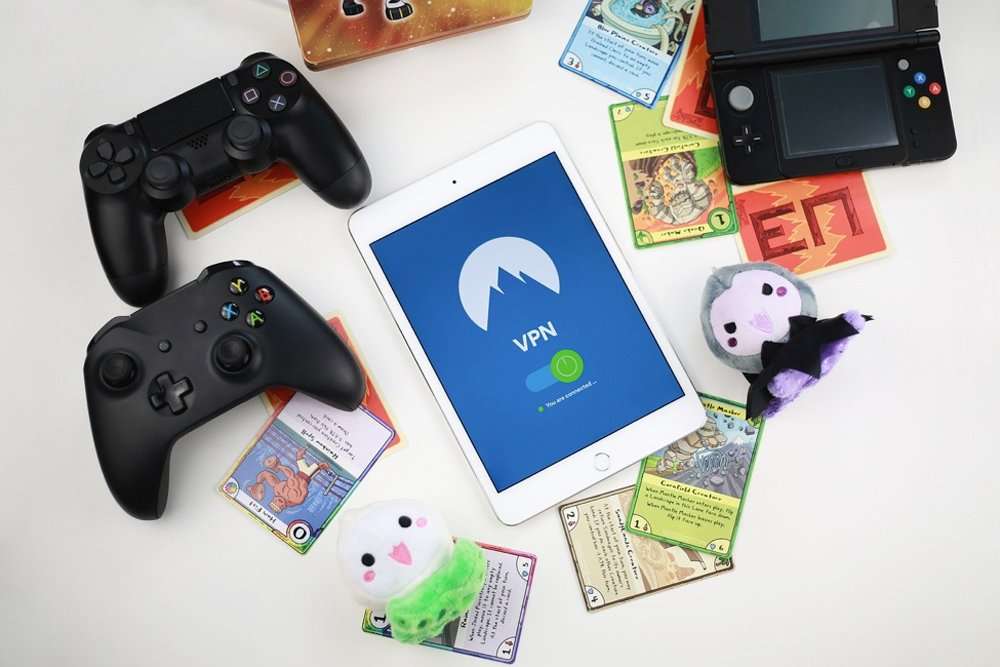In times when every expense must be backed by data, justifying investment in training remains one of the greatest challenges for HR and L&D leaders. Why? Because it is often measured in training hours or completion rates, but not by what truly matters: behaviour change and business results.
Gamification in corporate training not only transforms the user experience but also demonstrates gamification ROI in a clear, measurable, and strategic way. In this article, we explain how it works, the impact it generates, and why platforms like Game Strategies have become key allies in delivering training with real business results.
Why is training investment hard to justify?
Traditional training and its limited impact measurement
For years, training has been evaluated using metrics that barely represent impact:
- Training hours per employee.
- Access to virtual campuses.
- Satisfaction surveys (happiness, not effectiveness).
This approach measures attendance, not actual learning — and far less behaviour change. Knowing that someone watched a video or completed a course doesn’t prove its impact on performance.
Common challenges: low engagement, weak retention, little real change
Many training initiatives fail because:
- Content is neither motivating nor engaging.
- The experience is passive and theoretical.
- Knowledge does not transfer into daily work.
- No measurement goes beyond the course.
This creates a gap between investment in training and visible results. That’s why HR and L&D need approaches that are both engaging and measurable.
What HR, L&D, and leadership expect today
Training leaders no longer want to just tick the “annual plan” box. They demand:
- Data connecting learning with performance.
- Evidence that training improves critical KPIs.
- Tools that create engagement, learning, and action.
- Models that can scale and adapt across diverse profiles.
This is where gamified learning comes in, powered by platforms like Game Strategies.
What gamification adds compared to other methods
Greater participation and course completion
Gamification boosts engagement with:
- Challenges, levels, badges, and achievements.
- Immersive narratives and relatable characters.
- Dynamics that turn learning into an experience, not an obligation.
The result: completion rates up to three times higher than in traditional courses. Game Strategies’ learning experiences are a clear example: they motivate, retain, and transform.
Active learning applied to real contexts
Instead of passively consuming content, learners:
- Make decisions within the game or simulator.
- Apply knowledge in realistic situations.
- Make mistakes safely and learn from them.
This ensures workplace transfer: knowledge becomes observable behaviour.
Emotional impact and intrinsic motivation
Well-designed games activate key emotions: surprise, achievement, curiosity, mastery. This emotional load strengthens memory and consolidates learning.
At the same time, it fuels intrinsic motivation: the will to improve, not because you “must”, but because you want to.
Immediate feedback and continuous decision-making
Every action in the game produces a consequence. This means the learner:
- Learns instantly from errors and successes.
- Adjusts behaviour in real time.
- Reinforces knowledge naturally.
Game Strategies goes further, with simulators that personalise feedback according to user style and challenge type.
How to measure gamification ROI in training projects

Key indicators: engagement, retention, workplace transfer
We no longer measure only “who logged in”. Now we track:
- Participation by module or stage.
- Voluntary repetition rates of simulations.
- Knowledge retention short- and long-term.
- Performance in simulated vs. real-life situations.
Pre- and post-training evaluation
To demonstrate impact, you need a baseline and clear comparison. Methods include:
- Initial skills diagnostics.
- Behaviour simulations before and after training.
- Workplace performance comparisons.
This allows you to show quantifiable improvements, not just perceptions.
Observable behaviour change in daily work
ROI is not in content learned but in:
- How decisions shift.
- Which new habits consolidate.
- How staff react under critical conditions.
Game Strategies’ simulators capture this data and display behaviour change with specific metrics.
Reduction of errors, better results, and operational efficiency
When learning impacts the business, it shows in:
- Fewer operational mistakes.
- Improved sales, service, or compliance KPIs.
- Shorter time to competency.
- Greater efficiency in critical processes.
These outcomes connect directly with the gamification ROI executives demand.
How a platform like Game Strategies measures ROI
Impact evaluation: methods and key metrics
At Game Strategies, we deliver immersive learning experiences — and we rigorously measure their impact. We use the Kirkpatrick model, combined with both quantitative and qualitative metrics for a complete view of change. Key metrics include:
Skills developed
- % overall skills improvement
- % improvement by specific skill
Satisfaction and user experience
- % perceived applicability
- Completion rate
- Recommendation rate
- NPS (Net Promoter Score)
- Average programme rating
Business impact
- Productivity gains
- Efficiency and motivation improvement
- Sales increase
- Cost savings achieved
This approach not only proves training ROI but also allows continuous optimisation.
Integration with KPIs and business objectives
Beyond gameplay, Game Strategies connects training with business outcomes. Our simulators and learning solutions are designed to:
- Align learning with operational and strategic objectives.
- Report direct impact on KPIs such as NPS, sales, turnover, or productivity.
- Demonstrate ROI with exportable reports for HR and leadership.
This makes our platform not just a training tool but a strategic lever for organisational growth.
Justifying investment in training is no longer optional — it’s essential. And gamification, when applied with sound pedagogy and technology, is the most effective way to achieve it.
Train, motivate, change, and measure. That’s the formula for convincing leadership and securing visible results. And Game Strategies provides the complete solution: focused on learner experience, measurable outcomes, and business impact
¿De cuánta utilidad te ha parecido este contenido?
¡Haz clic en una estrella para puntuarlo!
Promedio de puntuación 0 / 5. Recuento de votos: 0
Hasta ahora, ¡no hay votos!. Sé el primero en puntuar este contenido.









